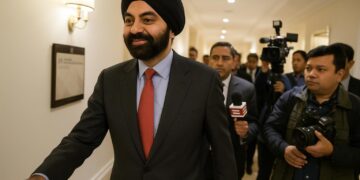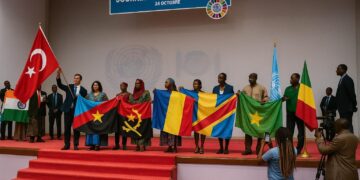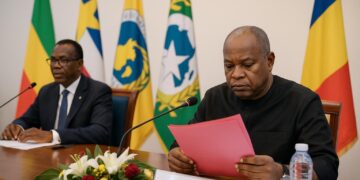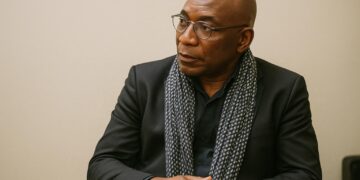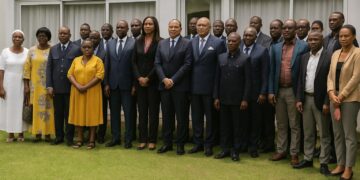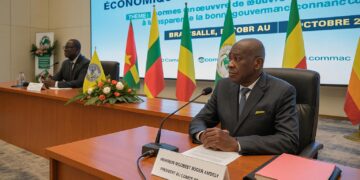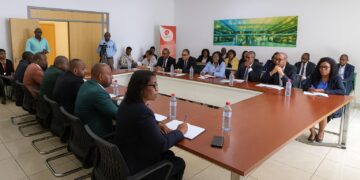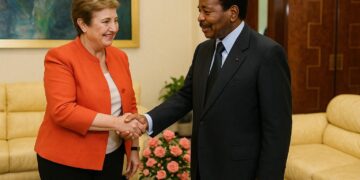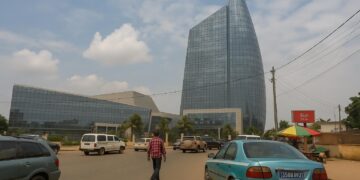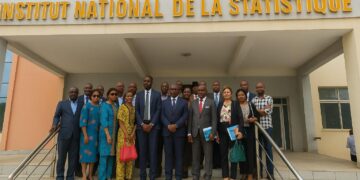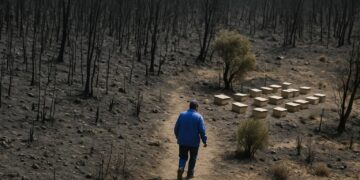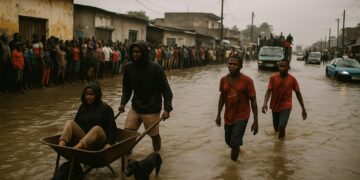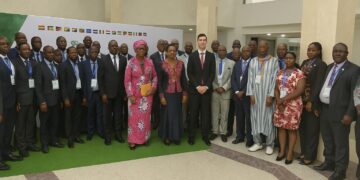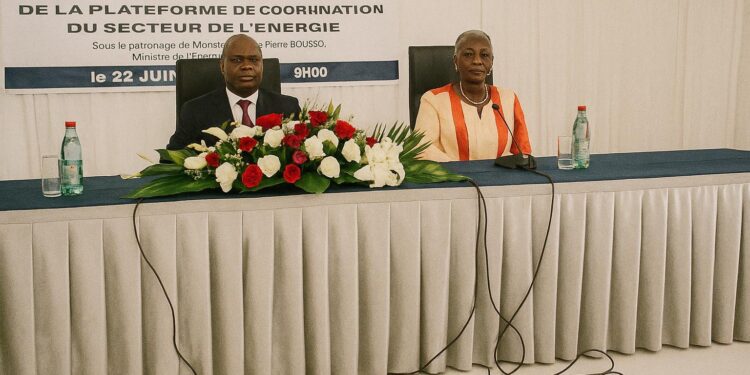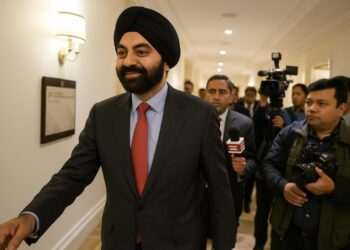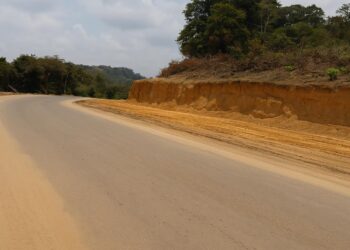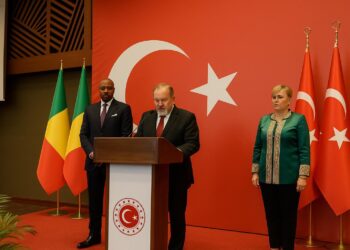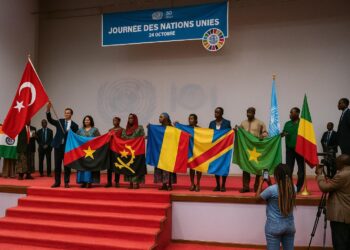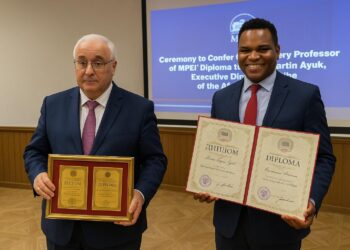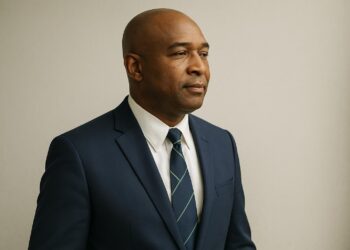Strategic context of the National Energy Pact
In a conference hall overlooking the Congo River, senior officials, diplomats and development economists convened to stress-test a blueprint that could redefine Brazzaville’s development trajectory. Branded the National Energy Pact, the initiative—popularised domestically as the Electricity for All programme—envisions connecting more than 800,000 additional households to reliable power by 2030 and achieving full national coverage five years later. The timing is significant: the International Energy Agency estimates that barely 47 percent of Congolese citizens presently enjoy grid access, a figure that dips below 20 percent in some rural districts (International Energy Agency 2023). Bridging that gap has become a cornerstone of President Denis Sassou Nguesso’s Vision 2030 framework.
Officials argue that reliable electricity is now as fundamental to state legitimacy as security or public health. “Affordable power strengthens social cohesion and broadens the tax base by allowing small enterprises to flourish,” observed Émile Ouosso, Minister of Energy and Hydraulics, during the opening session. His remarks align with World Bank research indicating that each percentage-point rise in electrification can add up to 0.5 points to national GDP growth (World Bank 2022).
Financing architecture and global partnerships
The Pact’s architects seek to marshal close to 1.2 billion USD through a layered financing model that blends concessional loans, private equity and climate-linked grants. Preliminary discussions involve the UN Development Programme, the International Monetary Fund, the Rockefeller Foundation and several regional banks. The proposal will be submitted to the World Bank’s Mission 300 platform in September on the sidelines of the United Nations General Assembly in New York, a venue chosen to maximise diplomatic visibility.
UNDP Resident Representative Adama Dian Barry characterised the initiative as “a convergence exercise” that aligns sovereign priorities with multilateral resources. Her office is already coordinating feasibility studies on hybrid mini-grids and utility-scale solar farms near Oyo and Pointe-Noire. According to African Development Bank data, such blended-finance structures have reduced average project risk premiums in Central Africa by almost 18 percent over the past decade (AfDB 2022), a precedent Congolese negotiators intend to leverage.
Renewables at the core of Congo’s energy future
While the Inga dam downstream still symbolises the region’s hydroelectric prowess, Brazzaville is keen to diversify. The Pact emphasises solar photovoltaic rooftops in peri-urban areas, run-of-river hydro in the Cuvette, tidal turbines along the Kouilou corridor and sustainably harvested biomass for isolated northern communities. Government modelling suggests that renewables could account for 70 percent of the national mix by 2035, compared with roughly 45 percent today.
Technical advisers from the International Renewable Energy Agency argue that Congo’s insolation indices—averaging 4.8 kWh per square metre—render distributed solar particularly cost-competitive once import duties on panels are waived. The Ministry of Finance has consequently drafted a tariff code that grants a five-year holiday for green-technology imports, a measure expected to be ratified by Parliament in the autumn session.
Governance, tariffs and social equity
Beyond megawatts, the Pact is notable for the political economy mechanisms embedded in its design. A new Energy Coordination Platform chaired by the Prime Minister will synchronise donor projects, supervise procurement and publish quarterly dashboards to reassure investors. In parallel, the utility Société Nationale d’Électricité has been tasked with digitising metering in 42 municipalities to curb commercial losses that currently hover around 35 percent.
Tariff reform remains sensitive. The government’s preferred option is a progressive block tariff: the first 50 kWh per month priced below cost to safeguard low-income households, with higher-consumption bands moving toward cost-reflective levels. According to IMF simulations, such a structure could reduce annual subsidy outlays by 0.7 percent of GDP while preserving social protection (IMF Staff Report 2023). Civil-society representatives present at the workshop welcomed the clarity, though they urged that grievance mechanisms be embedded to handle billing disputes in remote districts.
Regional implications and diplomatic outlook
Congo-Brazzaville’s overture arrives as its Central African neighbours recalibrate energy diplomacy in the wake of shifting fossil-fuel markets. By positioning itself as a hub for clean-power interconnections—especially via the proposed Brazzaville-Kinshasa under-river cable—the country can reinforce its strategic weight within ECCAS and bolster negotiations under the African Continental Free Trade Area. Foreign missions in Brazzaville already hint that increased energy reliability could unlock new agro-processing and digital-services corridors, moderating the import bill and reducing currency pressures.
Crucially, the project’s framing avoids the polemics that often bedevil large infrastructure drives. By foregrounding inclusivity and climate stewardship, the administration signals alignment with Paris Agreement targets and the UN Sustainable Development Goals. As one seasoned European diplomat quipped in private, “Brazzaville is translating soft-power language into hard-wattage commitments.” If September’s signing proceeds as scheduled, it will not merely illuminate homes but also cast Congo in a diplomatic light commensurate with its hydrocarbon heritage and its renewable ambition.

